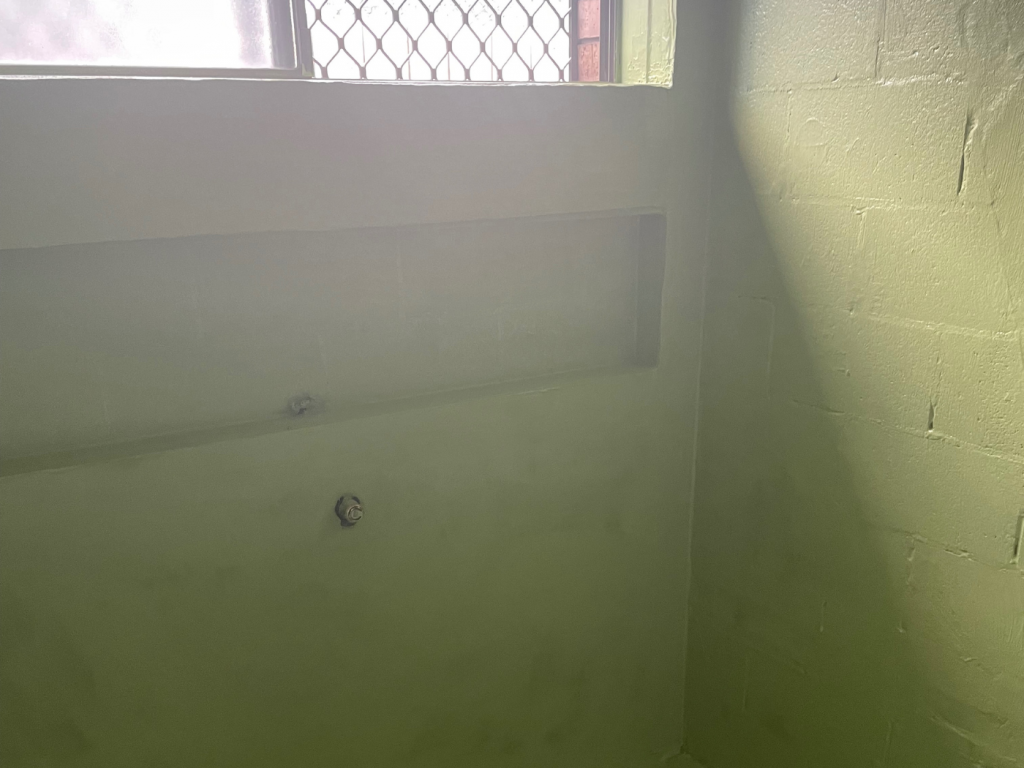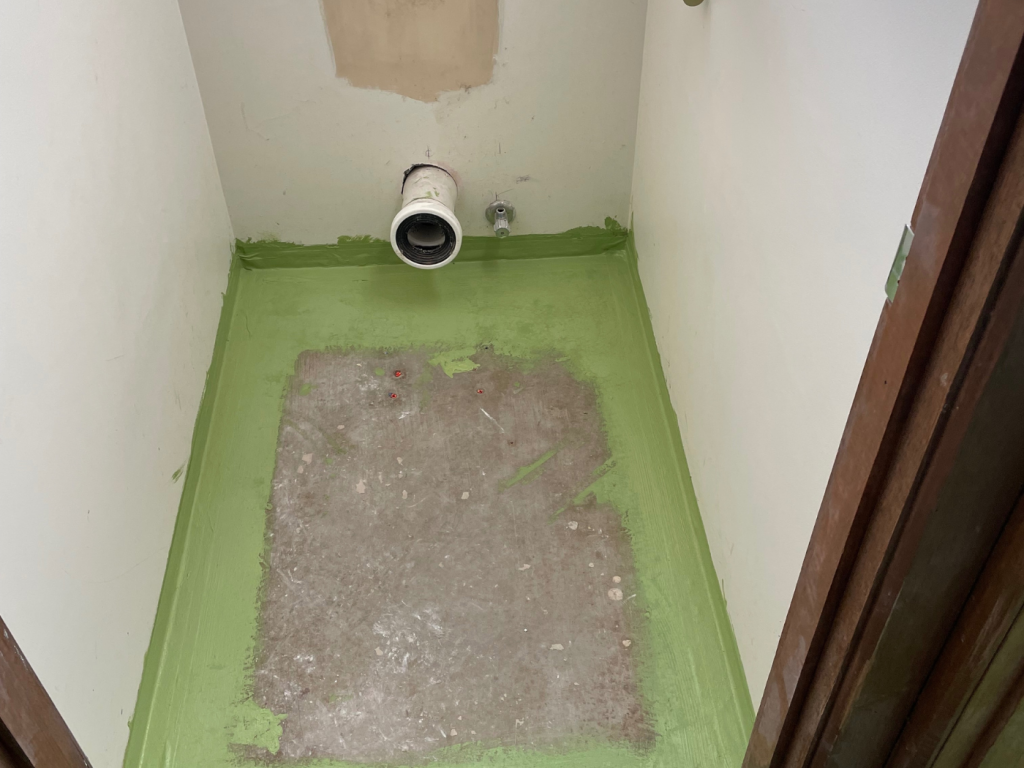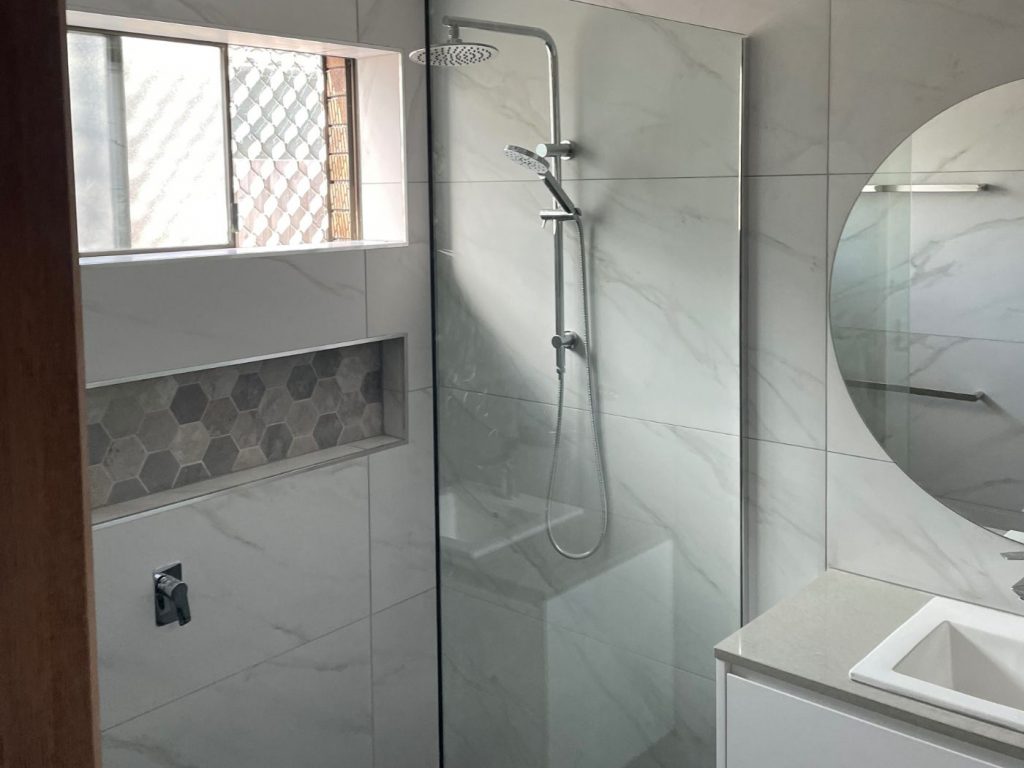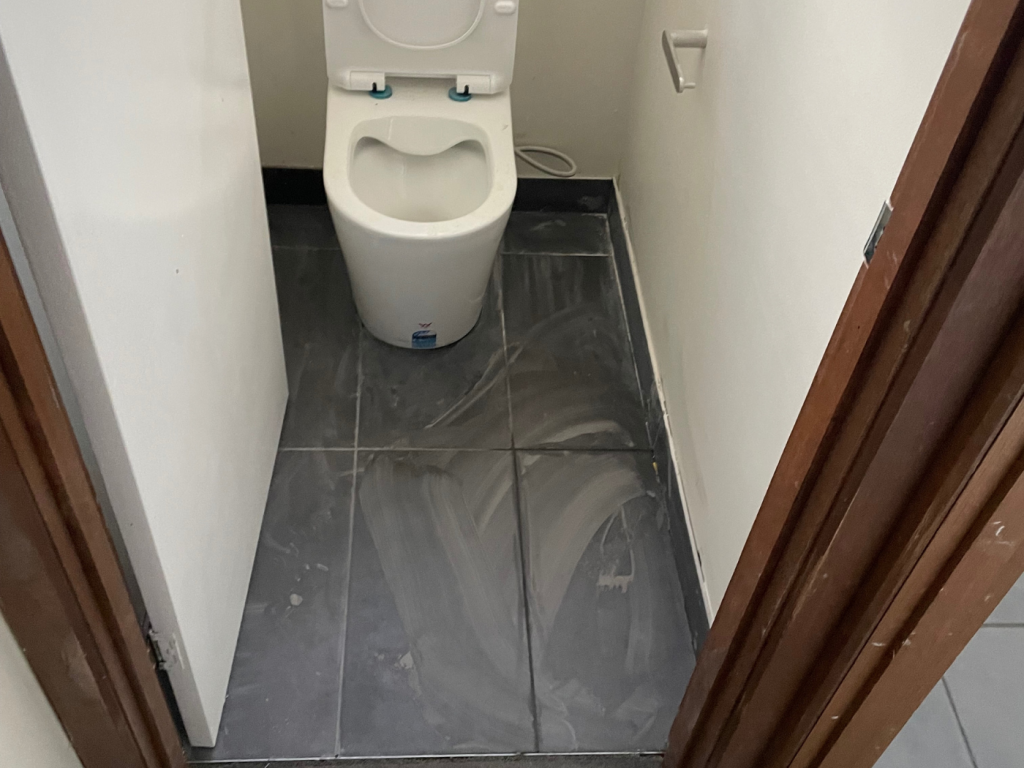Bathroom Renovation
Bathroom Renovation: Steps and Scope of Works
A bathroom renovation involves several steps to transform an outdated or worn-out bathroom into a modern, functional, and aesthetically pleasing space. Below are the typical steps involved in a bathroom renovation, along with the scope of works for each stage:
Step 1: Initial Consultation and Planning
- Meet with the homeowner to understand their requirements, preferences, and budget.
- Assess the current bathroom’s condition and take measurements.
- Discuss design ideas, layout changes, and material selections.
- Provide a detailed cost estimate and timeline for the project.
Step 2: Design and Material Selection
- Develop a 2D or 3D design plan to visualize the new bathroom layout.
- Present design options to the homeowner, considering fixtures, tiles, cabinetry, lighting, and other elements.
- Finalize material selections and obtain homeowner approval.

Step 3: Demolition and Preparation
- Safely remove existing fixtures, tiles, cabinetry, and fittings.
- Address any structural issues or repairs, such as fixing leaks or replacing damaged subflooring.
- Prepare the bathroom space for the installation of new elements.
Step 4: Plumbing and Electrical
- Relocate plumbing lines if necessary to accommodate the new layout.
- Install new plumbing fixtures, including sinks, toilets, bathtubs, showers, and faucets.
- Upgrade or add electrical outlets, switches, and lighting fixtures as per the new design.

Step 4: Plumbing and Electrical
- Relocate plumbing lines if necessary to accommodate the new layout.
- Install new plumbing fixtures, including sinks, toilets, bathtubs, showers, and faucets.
- Upgrade or add electrical outlets, switches, and lighting fixtures as per the new design.
Step 5: Flooring and Wall Installation
- Lay down new flooring material, such as tiles, vinyl, or hardwood.
- Install waterproofing materials, particularly in wet areas like showers and bathtubs.
- Apply tiles or other wall coverings as per the design plan.

Step 6: Cabinetry and Fixtures
- Assemble and install new cabinetry, including vanities and storage units.
- Mount mirrors, towel bars, and other accessories.
- Install shower enclosures or bathtubs.
Step 7: Painting and Finishing Touches
- Apply a fresh coat of paint to the walls and ceilings.
- Perform any necessary touch-ups and adjustments to ensure everything is in perfect condition.
- Install the final accessories, such as toilet paper holders, soap dispensers, and shelving.


Step 8: Final Inspection and Handover
- Conduct a thorough inspection of the renovated bathroom to ensure all work meets quality standards.
- Address any last-minute adjustments or fixes.
- Hand over the completed bathroom to the homeowner, ensuring they are satisfied with the results.
It’s important to note that the scope of works may vary depending on the specific requirements of each bathroom renovation project. Additionally, hiring a professional contractor with experience in bathroom renovations can ensure the process is executed smoothly, efficiently, and to the highest quality standards.
